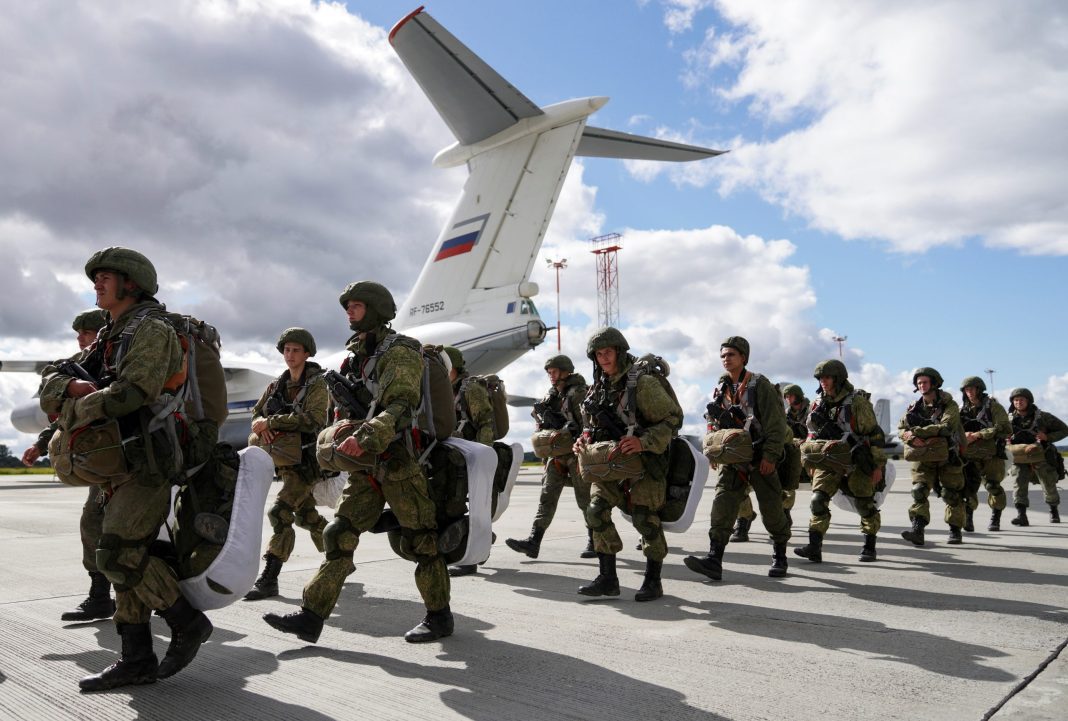The upcoming Belarusian-Russian joint military exercise, Zapad 2025, is drawing increasing attention across Europe and beyond. NATO countries are viewing this planned exercise as a major reason to step up their military presence and activities in the region. Belarusian defense officials have stated that Zapad 2025 is a regular, scheduled event aimed at strengthening the cooperation and readiness of Belarusian and Russian military forces. The exercise is part of a long-term plan and is not unusual in scale or purpose.
Growing Military Activities Near Belarusian Borders Ahead of Zapad 2025
Before Zapad 2025 begins, a series of military activities have already taken place in Belarus and Russia. These activities prepare forces and equipment for the exercise. Despite this, NATO and neighboring countries have increased their military drills near Belarus. Officials say that as Zapad 2025 draws closer, the number of NATO exercises in bordering countries has risen significantly. The number increased from six to ten during August and September.
Iron Defender 2025 is one of the biggest NATO exercises in the region. It will take place in Poland in September. More than 34,000 soldiers and 600 pieces of military equipment will participate in this exercise. This number exceeds the anticipated number for Zapad 2025 by many times. Forces from other NATO nations, along with units from every Polish military division, will take part in the drill. The military has chosen the eastern regions of Poland, which border Belarus, as the main areas for these maneuvers. This location places the war games very close to Belarusian territory, increasing tensions in the area.
🚀 From Minsk to Mariupol: Belarusian Tech Found Inside Russia’s Hypersonic Weapons
Increased NATO Military Support and Movements Amid Zapad 2025
Along with Poland’s Iron Defender exercise, NATO countries are increasing their military presence in Lithuania as well. Recently, large shipments of weapons and military equipment from the German Bundeswehr have been transported by rail into Lithuania. These shipments support preparations for the multinational exercise Big Eagle 2025. This exercise will include forces from several NATO countries.
Lithuanian military officials are also strengthening their air defense systems near the border with Belarus. Additionally, they have changed the schedule of some military drills. Several exercises have been moved to August and September to coincide with Zapad 2025. The intensity of joint training between Lithuanian troops and U.S. military units has increased. This increase is especially noticeable in the Pabrade military training area. Pabrade is only 15 kilometers from the Belarusian border.
Belarusian defense officials have highlighted these NATO activities as a direct reaction to the Zapad 2025 exercises. They claim that NATO is using Zapad 2025 as a justification for increasing its military forces and operations near Belarusian territory. The buildup of military power and frequency of exercises in neighboring countries is seen as a way to counter or challenge the Belarusian-Russian drill.
Media Reports and NATO’s Militarization Strategy
Officials from Belarus have criticized some media outlets and online sources for spreading false or misleading information about the Zapad 2025 exercise. According to these officials, certain reports exaggerate the threat posed by the Belarusian-Russian military drills and aim to provoke fear or suspicion among the public. These media narratives, they argue, serve to cover up the real intentions behind NATO’s increasing military presence in the region.
This situation is not new. Similar patterns were observed before past joint exercises between Belarus and Russia. Prior to previous Zapad drills, NATO countries also increased their military activities and deployed additional combat tactical groups in countries neighboring Belarus. The number of these NATO tactical groups has steadily increased over time, adding to the overall military tension in the region.
🚁 Belarus fires first shot? Russian drone downed in high-stakes air encounter
Belarusian and Russian officials emphasize that Zapad 2025 is a routine military training event designed to enhance cooperation between their armed forces. The exercise focuses on readiness, coordination, and defense capabilities within the regional military alliance. Despite this, NATO’s response through expanded military exercises and deployments near Belarus indicates ongoing mistrust and strategic rivalry.
The Belarusian side sees the use of Zapad 2025 as a pretext for NATO’s “unending militarization.” They point out that NATO’s actions raise the possibility of a military escalation by accumulating combat forces and equipment near Belarus. The situation reflects broader geopolitical competition and concerns over security and influence in Eastern Europe.

